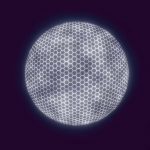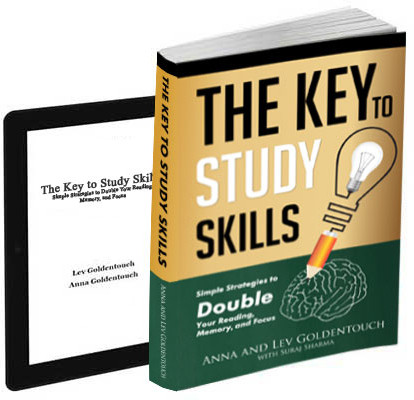Mental well-being is a fundamental aspect of overall health. The ability to recognize, understand and manage our emotions is essential to leading a balanced and satisfying life. One of the most effective and accessible resources to achieve this is the “emotion diary.” This article explores in depth what an emotion journal is, how it is …
Continue reading “Diary Of Emotions: What Is It And What Is It For?”










